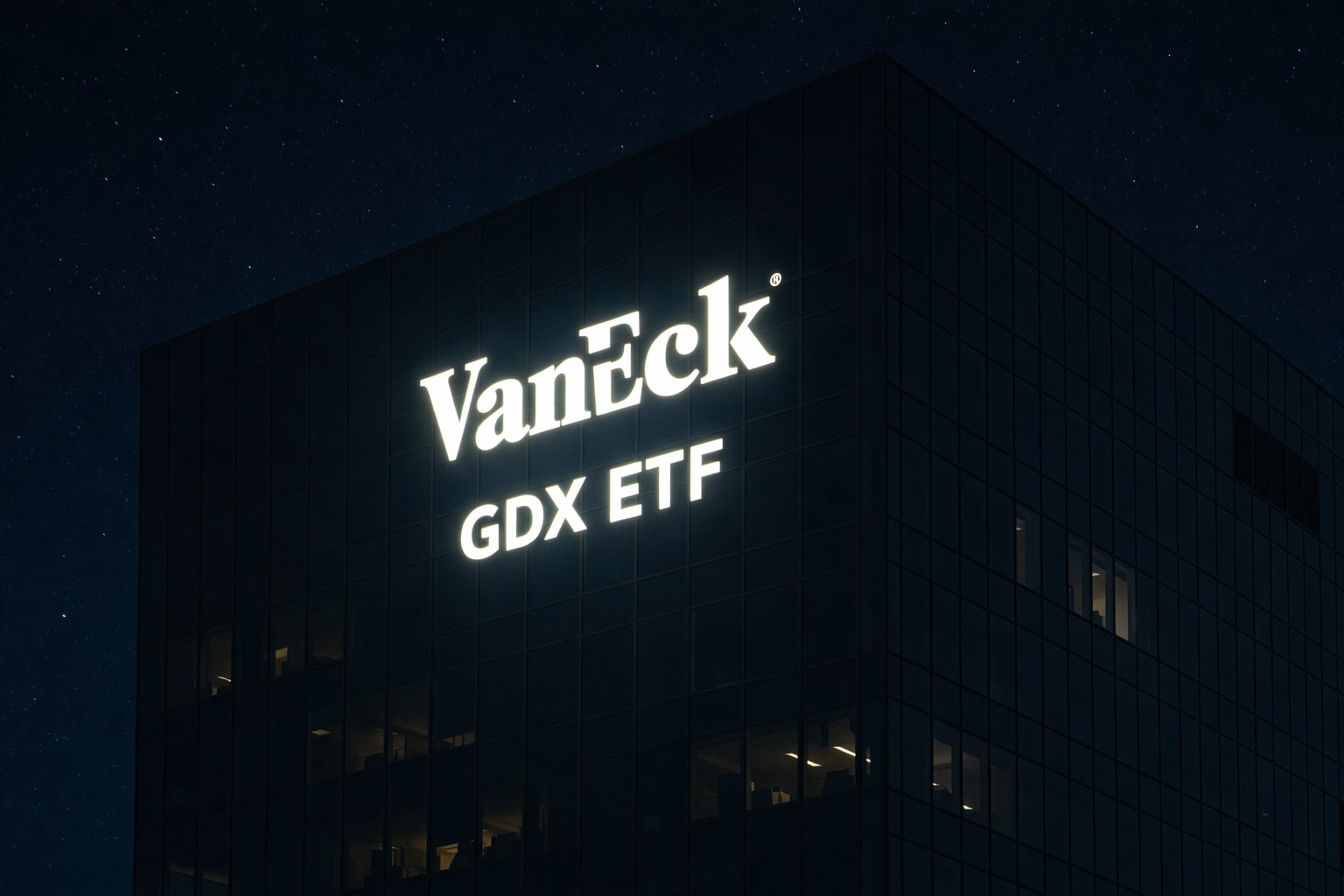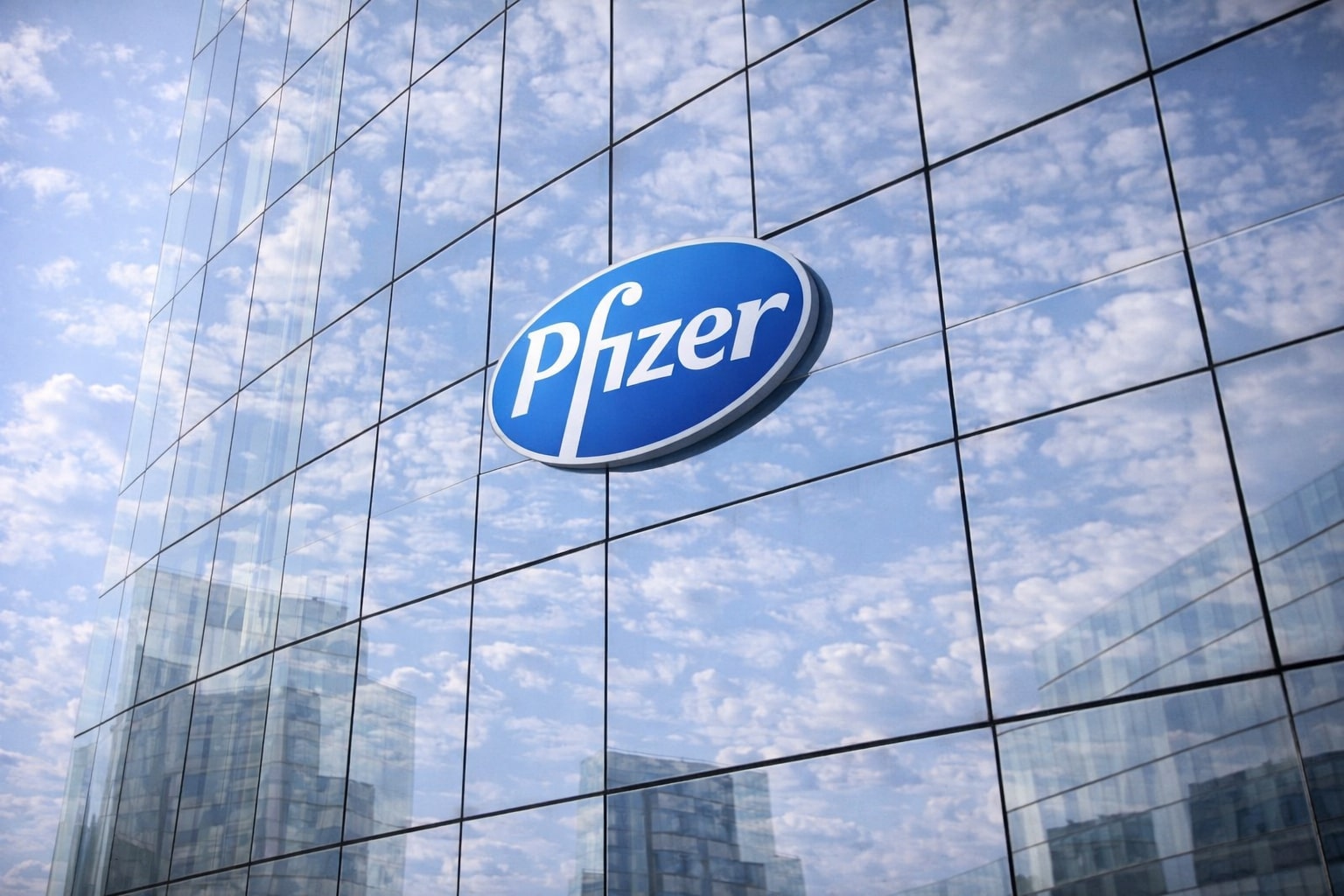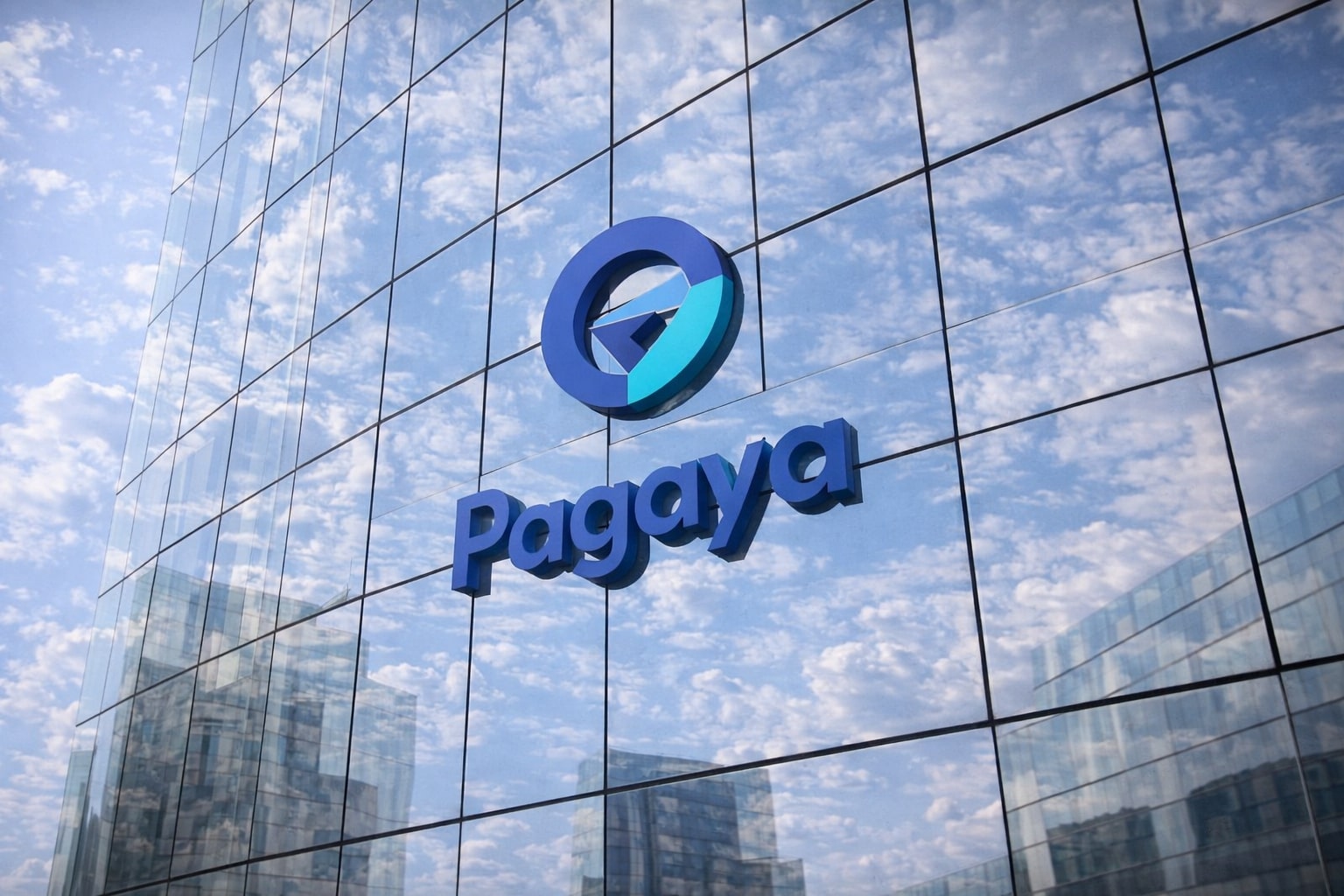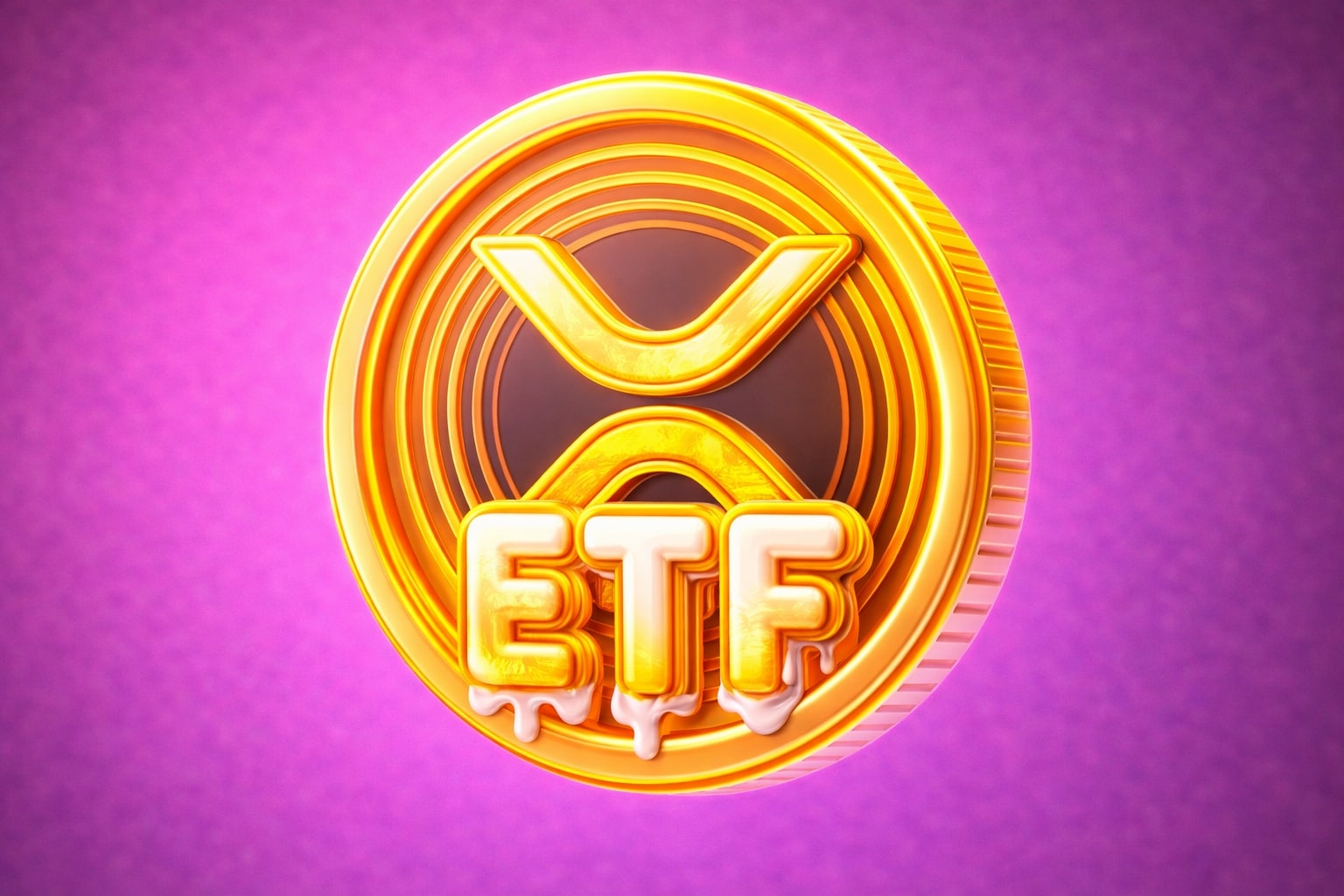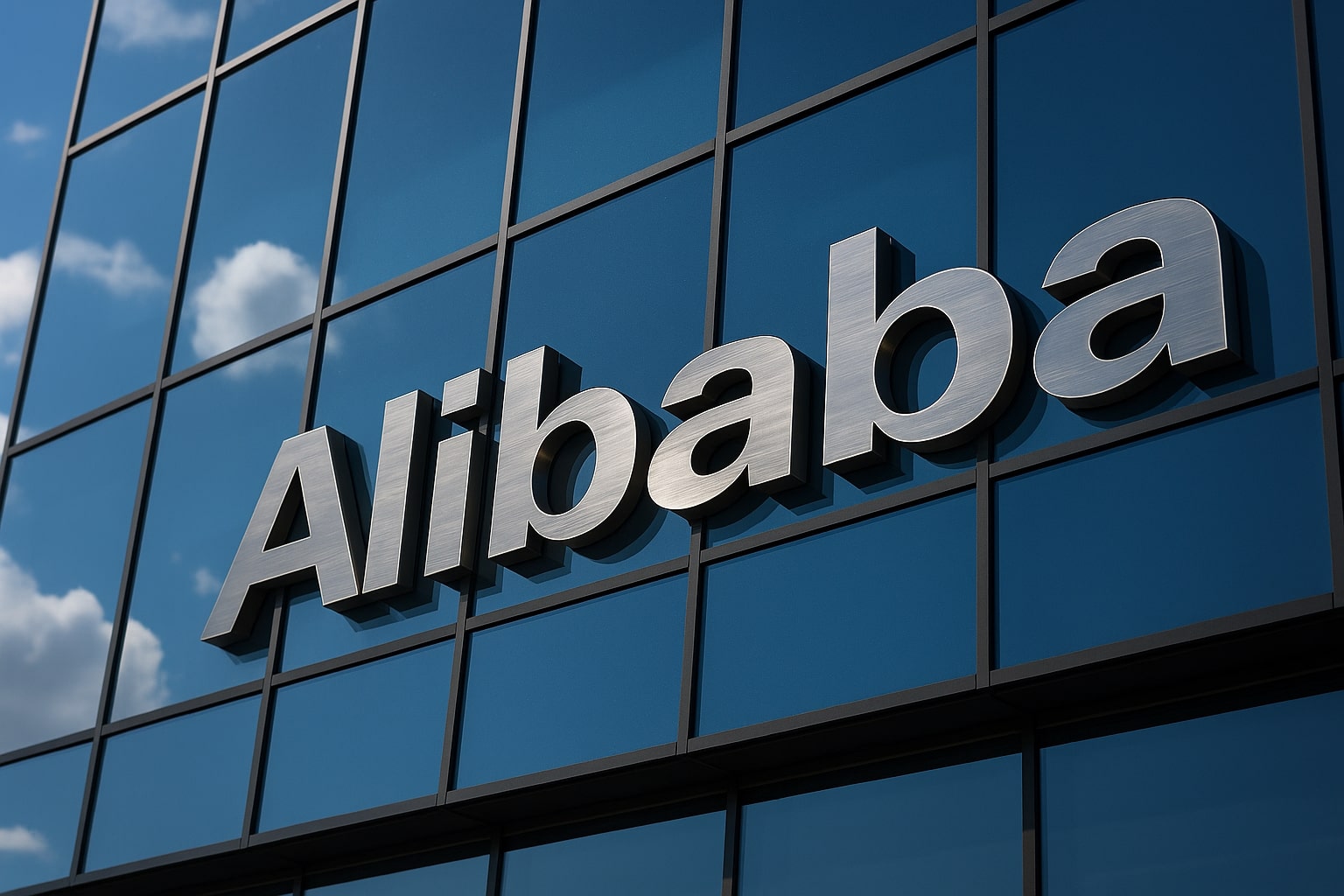
Alibaba Stock NYSE:BABA at $158: 91% YTD Rally, $416B Cash, $19B Buybacks
Despite a near 91% surge this year, Alibaba holds $416B in cash, delivers 26% AI cloud growth, and has $19B in buybacks left — making BABA still undervalued below $195 targets | That's TradingNEWS
Alibaba Stock NYSE:BABA Climbs Toward 52-Week High as AI and Cloud Lead the Rally
NYSE:BABA Price Action and Market Performance
NYSE:BABA closed at $158.04, rising 1.92% on September 15, with after-hours trading slightly higher at $158.50. The stock has surged 91% year-to-date, massively outpacing the Hang Seng Index’s 31.8% gain. Over the past twelve months, shares are up 89.8%, while its three-year return stands at 87.1%, far above the Hang Seng’s 39.7%. With a market cap of $377.1B and a trailing P/E of 18.23, the valuation has rebounded from crisis lows but still trades well below U.S. e-commerce peers like Amazon at 45x forward earnings.
AI and Cloud Growth Transforming Alibaba’s Outlook
The turning point for Alibaba came from its AI strategy. The company recently unveiled Qwen3-Next, a foundation model that is 13 times smaller than its predecessors, offering 10x faster performance while cutting training costs by 90%. The model can run on a single Nvidia H200 GPU, making it more accessible to enterprises and developers. Within 24 hours, it had nearly 20,000 downloads on Hugging Face. Alibaba Cloud revenue rose 26% year-over-year in Q2 2025, accelerating from 18% in the previous quarter. More importantly, AI-related product revenue has grown at a triple-digit pace for eight consecutive quarters, becoming a substantial share of external customer revenue.
E-Commerce and International Segments Supporting Stability
Alibaba’s domestic commerce business posted 10% revenue growth, while the international segment surged 19% to ¥34.74B, following 22% growth the prior quarter. Platforms like Lazada, Trendyol, and AliExpress continue to scale, helping diversify Alibaba’s reliance on Taobao and Tmall. The company is also doubling down on instant commerce, with Taobao Instant Commerce showing monthly active users near 300 million. Its mapping platform, Amap Street Stars, attracted over 40 million users on its first day, directly challenging Meituan in local services.
Earnings Trends and Financial Health
For fiscal Q1 2026, Alibaba reported revenue of $34.57B, up just 2%, though adjusted for disposals it represented 10% growth. Net income rose 76% year-over-year to $6.01B, but this was largely boosted by asset disposals and equity investment gains. Operating income slipped 3% to $4.88B. Despite these mixed numbers, optimism around cloud and AI drove the stock higher. Consensus estimates for the September quarter point to EPS of 8.89 CNY, down 41% from last year’s 15.06, but FY2027 EPS is projected at 72.93 CNY, implying a 28% rebound after a -13% drop expected in FY2026.
Balance Sheet and Cash Dynamics
Alibaba’s balance sheet remains formidable, with ¥416.4B in cash and debt-to-equity at 23.2%. The payout ratio is just 12.2%, leaving room for future dividends beyond the current 1.05 annual dividend (0.68% yield). However, levered free cash flow is negative at -¥33.1B, reflecting aggressive reinvestment into AI infrastructure and logistics. Operating cash flow remains strong at ¥150.6B, ensuring liquidity for both innovation and shareholder returns.
Share Buybacks and Insider Confidence
The company has been aggressively repurchasing shares, with $815M bought back in Q2 and $19.3B remaining authorized. This equates to roughly 5% of its market cap, a meaningful support mechanism for investors. Insider ownership is negligible at 0.01%, while institutions control just 12.3%, reflecting the dominance of retail and Chinese state-linked ownership. Insider transaction activity has been limited but buybacks remain the main lever for shareholder value creation.
Valuation Multiples in Context
BABA trades at a forward P/E of 21.1x and a PEG ratio of 1.5, far cheaper than global peers yet more expensive than during its 2022–2024 trough. Price-to-sales sits at 2.65x, price-to-book at 2.60x, and enterprise value/EBITDA at 13.1x. Despite the rally, Alibaba remains inexpensive relative to growth potential, especially as AI monetization and international commerce scale. Analyst targets cluster between $165 and $195, with a high-end target of $195.53 suggesting another 24% upside from current levels.
Read More
-
GDX ETF at $88 While Gold Tests $4,400: Are Gold Miners Poised for $100?
19.12.2025 · TradingNEWS ArchiveStocks
-
XRP ETF Boom: XRPI at $10.94 and XRPR at $15.49 as XRP-USD Clings to the $1.80–$1.90 Zone
19.12.2025 · TradingNEWS ArchiveCrypto
-
Natural Gas Price Forecast: NG=F Hovering Near $3.92 As Weather, LNG And Storage Collide
19.12.2025 · TradingNEWS ArchiveCommodities
-
USD/JPY Price Forecast - Dollar to Yen Near 157 as BoJ’s 0.75% Rate Hike Backfires on the Yen
19.12.2025 · TradingNEWS ArchiveForex
Comparative Performance and Competitive Threats
Alibaba’s 91% YTD rally dwarfs rivals JD.com at -0.15% YTD and PDD Holdings at +1.55%. Its market cap of $377B positions it far ahead of JD ($49B) but below PDD ($181B) and still just a fraction of Amazon’s $2.47T. Competition remains intense, particularly with Meituan in instant commerce and PDD in price-sensitive e-commerce. However, Alibaba’s dual focus on AI + Cloud and consumption growth gives it a defensible long-term narrative.
Investment Verdict on NYSE:BABA
At $158 per share, NYSE:BABA remains undervalued given its AI leadership, cloud momentum, international growth, and aggressive buybacks. Risks include China’s regulatory unpredictability, negative free cash flow, and slower domestic e-commerce expansion. Still, with consensus EPS growth rebounding +32.7% in FY2027 and the stock trading at only 2.6x book, the asymmetry favors continued upside.
Final Rating: Buy. Alibaba’s blend of AI innovation, cloud scale, e-commerce stability, and shareholder returns justify maintaining a bullish stance, with targets in the $175–$195 range over the next 12 months.














